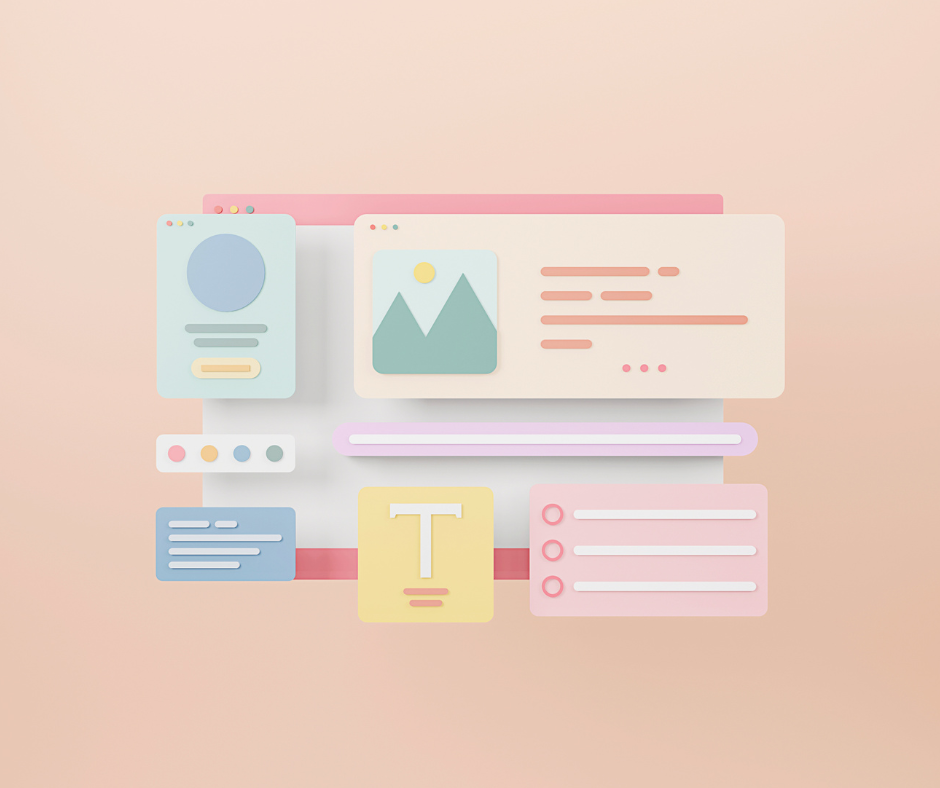In today’s digital age, having a website is essential for any business to stay competitive. However, just having a website isn’t enough. Your website needs to be user-friendly, professional-looking, and up-to-date. Otherwise, it could be costing you money without you even realizing it.
1. Unclear information
Your website is often the first interaction a potential customer has with your business. Therefore, it’s crucial to ensure that your website clearly communicates what your business does, what services or products you offer, and how potential customers can get in touch with you. If your website has unclear or confusing information, it can cost you potential business. Customers may leave your site and go to a competitor’s site that has a clearer message.
How to fix it: clarify your message
Your website’s messaging should be clear and concise and accurately represent your brand. Here are some tips to help you create clear messaging:
- Identify your target audience: Who are you trying to reach with your website? What are their needs and pain points? Understanding your audience will help you create messaging that resonates with them.
- Develop a unique value proposition: What sets your business apart from your competitors? What value do you offer to your customers? Use your unique value proposition to guide your messaging.
- Use clear language: Avoid jargon or technical terms your audience may not understand. Instead, use clear and simple language that anyone can understand.
- Highlight the benefits: Focus on the benefits of your products or services rather than just the features. Highlight how your products or services can solve your customers’ problems.
2. Outdated information
Broken links or outdated information on your website can harm your business’s credibility. If potential customers see outdated information or broken links on your website, they may assume that your business isn’t reliable or trustworthy. Moreover, broken links can affect your website’s search engine rankings, making it more difficult for customers to find your site.
How to fix it: keep your website up to date
An up-to-date website is essential for building credibility with your audience. Here are some tips to keep your website up-to-date:
- Regularly review and update your content: Make sure your website’s content is current and accurate. If you have outdated content, remove it or update it.
- Check your links: Make sure all the links on your website are working correctly. If you have broken links, fix them or remove them.
- Keep your design fresh: Your website’s design should be modern and visually appealing. If your design is outdated, consider updating it to make it more visually appealing and user-friendly.
- Add new content regularly: Regularly adding new content to your website can help improve your search engine rankings and keep your audience engaged.
3. Inconsistent branding
Your website is an extension of your brand, and it’s essential to maintain consistency in branding across all channels, including your website. Inconsistent branding can confuse potential customers and make your business look unprofessional. It can also harm your brand’s reputation and make it challenging to build a strong online presence.
How to fix it: maintain consistent branding
Consistent branding helps build trust with your audience and ensures that your business is easily recognizable. Here are some tips to maintain consistent branding:
- Use the same logo and colors across all your channels: Your logo and colors should be consistent across your website, social media channels, and other marketing materials.
- Use the same tone of voice: Your tone of voice should be consistent across all your channels. If you use a friendly and conversational tone on social media, use the same tone on your website.
- Use the same fonts and typography: Consistent typography can help create a cohesive look and feel across your channels.
- Keep your brand message consistent: Your brand message should be consistent across all your channels, including your website.
4. Bad layout
Your website’s layout is crucial for providing a positive user experience. If your website has a cluttered or confusing layout, it can frustrate potential customers and make it more challenging for them to find what they’re looking for. Moreover, a bad layout can harm your website’s search engine rankings, making it more difficult for customers to find your site.
How to fix it: improve your website's layout
A good website layout can help create a positive user experience and make it easier for your audience to find what they’re looking for. Here are some tips to improve your website’s layout:
- Use a simple and clean design: Avoid cluttered designs that can be overwhelming for your audience. Instead, use a simple and clean design that is easy to navigate.
- Use white space: White space can help create a clean and organized look and feel.
- Use easy-to-read fonts: Use fonts that are easy to read and avoid using too many different fonts.
- Use clear navigation: Your navigation should be clearly labelled.
5. Not mobile-friendly
More and more people are using their smartphones and tablets to access the internet. Therefore, it’s crucial to ensure that your website is mobile-friendly. If your website isn’t mobile-friendly, it can be challenging for potential customers to navigate your site, and they may leave and go to a competitor’s site that is easier to use on mobile devices.
How to fix it: make your website mobile-friendly
Here are some tips to make your website mobile-friendly:
- Use responsive design: Responsive design allows your website to adjust to different screen sizes, making it easier to use on mobile devices.
- Make your buttons and links easy to click: Make sure your buttons and links are big enough and easy to locate










